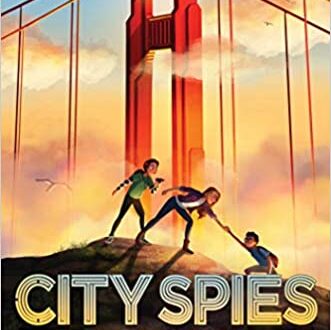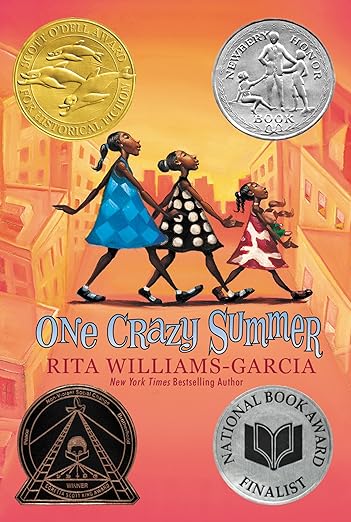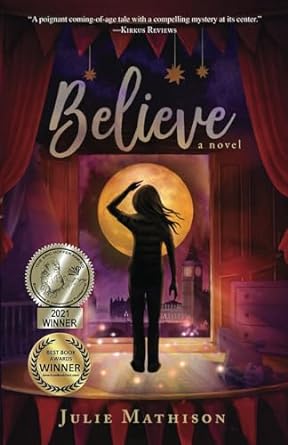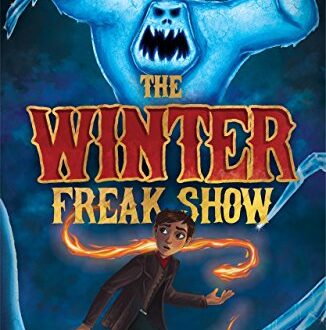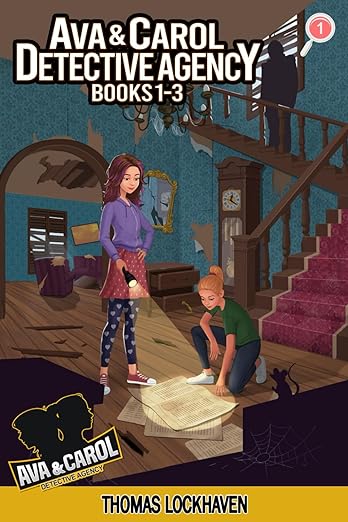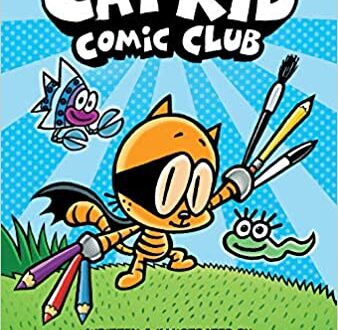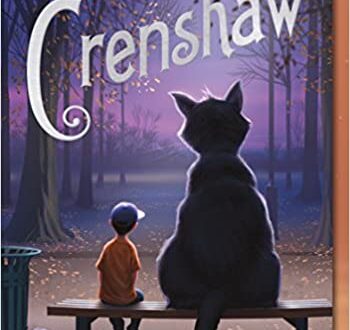-
Cupcakes Galore!
Hey there, budding bakers! Are you ready to embark on a delightful and delicious adventure in the world of cupcakes? Whether you’re a kitchen novice or an aspiring pastry chef, this is your ticket to cupcake-making mastery. Get ready to roll up your sleeves, don your aprons, and dive into the sweet art of cupcake creation. From choosing the perfect flavors and mixing up the batter to decorating with flair, we’ll guide you through the step-by-step process of crafting delectable treats that will impress friends and family alike. So, grab your measuring cups, gather your ingredients, and let’s whisk our way to cupcake perfection!
Any Time Cupcakes
Prep Time 5 minutes
Cook Time 18 minutes
Additional Time 10 minutes
Total Time 33 minutes
- 1/2 cup softened butter (not melted)
- 1 cup granulated sugar
- 2 eggs
- 2 teaspoons vanilla extract
- 1 1/2 cups flour
- 2 teaspoons baking powder
- 1/2 cup milk
- 3 drops of your favorite-color food coloring (swirled through batter)
- cupcake liners
- candy sprinkles decorations
For the Frosting
- 3 cups powdered sugar
- 1/3 cup softened butter (not melted)
- 2 teaspoons vanilla extract (or coconut)
- 1 to 2 tablespoons milk
- 2 drops food coloring – your choice of colors
Yield: 12 cupcakes
Instructions
- Preheat oven to 350 and place liners in a 12-cavity cupcake tin.
- For the cupcake batter, combine the butter, sugar, eggs, flour, vanilla, milk, and baking powder. Mix well.
- Fill each cupcake liner two-thirds full.
- Mix in a few drops of food coloring into the remaining batter.
- Top the cupcake liners with a dollop of icing and use the toothpick to swirl the food color into the batter.
- Bake 18-20 minutes or until an inserted toothpick comes out clean. Set aside to cool.
- For the Frosting: Combine powdered sugar, milk, butter, and vanilla extract and whip until it has reached your desired consistency. Add a few drops of food coloring and stir to combine (or swirl).
- Frost each cupcake in a circular motion, gently squeezing the bag and keeping it off the cupcake (slightly raised).
- Once the cupcakes are iced, sprinkle the decorations on top and you’re ready to party!
AIME
-
The Eyes and the Impossible
Johannes, a free dog, lives in an urban park by the sea. His job is to be the Eyes—to see everything that happens within the park and report back to the park’s elders, three ancient Bison. His friends—a seagull, a raccoon, a squirrel, and a pelican—work with him as the Assistant Eyes, observing the humans and other animals who share the park and making sure the Equilibrium is in balance.
But changes are afoot. More humans, including Trouble Travelers, arrive in the park. A new building, containing mysterious and hypnotic rectangles, goes up. And then there are the goats—an actual boatload of goats—who appear, along with a shocking revelation that changes Johannes’s view of the world.
A story about friendship, beauty, liberation, and running very, very fast, The Eyes & the Impossible will make readers of all ages see the world around them in a wholly new way.
For Readers 8-12 from Newbery Award-Winner Dave Eggers.
-
The Enchanting World of Cellos!
Hey there, young music enthusiasts! Get ready to embark on a melodic adventure as we dive into the wonderful world of cellos. Let’s explore the fascinating sounds and rich history of this captivating instrument!
The cello is a musical instrument that is also called violoncello, French violoncelle, and German cello or violoncello. It is a bass musical instrument of the violin group, with four strings, pitched C–G–D–A upward from two octaves below middle C. The cello, about 27.5 inches long (47 inches with the neck), has proportionally deeper ribs and a shorter neck than the violin.
The earliest cellos were developed during the 16th century and frequently were made with five strings. They served mainly to reinforce the bass line in ensembles. Only during the 17th and 18th centuries did the cello replace the bass viola da gamba as a solo instrument. During the 17th century, the combination of cello and harpsichord for basso continuo parts became standard. Joseph Haydn, Mozart, and later composers gave increased prominence to the cello in instrumental ensembles. Outstanding cellists of the 20th and 21st centuries include Pablo Casals and Yo-Yo Ma, among others.
Like the violin and viola, the cello has a hollow wooden body with two sound holes and four strings running along the body and neck. However, it is much larger, and cellists usually play the instrument seated with the body of the cello place between the legs. Modern cellos usually have an endpin, a spike that supports the instrument on the floor.
Like all the members of the violin family, the cello first emerged in Northern Italy in the first half of the 16th century in the workshops of famous instrument makers like Andrea Amati and Gasparo da Salo. This family of instruments evolved from the viola da braccio, an instrument that was held aloft in the arm, played with a bow, and bore a strong resemblance to today’s violin.
Also, widely in use at the time was an instrument that looked similar to the cello, called the viola da gamba. This instrument was very popular and used in both low and high parts of society as musical accompaniment for many events. It too was a large violin shaped instrument played with a bow. However, it had sloped shoulders like a string bass, while the violoncello had rounded shoulders like the viola and violin.
The cello’s superior design and volume made it more popular than the gamba. During the Renaissance, the size of orchestras expanded and there was a race to deliver louder and louder instruments in compensation.
By 1700, the cello had become the preferred instrument over the violone and a cello design popularized by famous luthier Antonio Stradivari became the design of choice. Almost all violones were cut and reshaped to match Antonio Stradivari’s cello dimensions. By the mid-18th century, they had standardized the cello at a size similar to today’s design.
Players and instrument makers improved the cello’s design around the turn of the 19th century. Instrument makers set the string tension higher still, which led to a quicker response from the instrument and a clearer tone. Combined with a thinner, taller bridge, the result was more volume and the ability to cut through an orchestra or ensemble for solo work. They also adjusted the neck angle to a sharper angle.
The “spike” is now included in the cello’s design, allowing the player to stabilize it while playing. This innovation arrived at the end of the 19th century. Before that, the player had to balance the cello on their calves with their ankles close together.
Introducing steel strings in the 1920s led to some changes in repertoire for the cello. This invention improved sound quality and volume by another step. It also helped composers to expand the use of cellos into more sustained lines and increased its popularity among players and music-lovers. Its long history and distinctive tone make the cello a timeless favorite.
So, the next time you listen to music that includes a cello in the orchestra, pay attention to the cello player—and enjoy the music!
AIME
-
One Crazy Summer
In One Crazy Summer, eleven-year-old Delphine is like a mother to her two younger sisters, Vonetta and Fern. She’s had to be, ever since their mother, Cecile, left them seven years ago for a radical new life in California. But when the sisters arrive from Brooklyn to spend the summer with their mother, Cecile is nothing like they imagined.
While the girls hope to go to Disneyland and meet Tinker Bell, their mother sends them to a day camp run by the Black Panthers. Unexpectedly, Delphine, Vonetta, and Fern learn much about their family, their country, and themselves during one truly crazy summer.
For Readers 9-12 by Newbery Honor Award Winner author Rita Williams-Garcia.
-
Bluegrass Music—The Magic of Toe-Tapping Melodies
Hey there, young music enthusiasts and lovers of rhythm! Prepare for a toe-tapping journey into the vibrant world of bluegrass music. We will dive into the rich history and infectious energy of bluegrass, a uniquely American style of music that blends elements of folk, country, and blues. Bluegrass isn’t just about the instruments and harmonies; it’s a celebration of community, storytelling, and the joy of making music together. So, grab your banjos, fiddles, and mandolins, and join us as we explore the enchanting melodies, toe-tapping rhythms, and the captivating spirit of bluegrass music. Let’s embark on a musical journey that will leave you with a newfound appreciation for this timeless genre!
Bluegrass music isa genre of American roots music that developed after World War II in the Appalachian region of the country. It is named after the band Bill Monroe and the Blue Grass Boys. Bluegrass is distinguished from the older string-band music by its more syncopated (off-beat) rhythm, its relatively high-pitched tenor (lead) vocals, tight harmonies, and a strong influence of jazz and blues. Bluegrass stands out from other country and western music with its energetic rhythms and banjo played in the three-finger style. Mandolin and fiddle are generally featured considerably more in bluegrass than in other country and western music, and traditional square-dance tunes, traditional religious songs, and ballads furnish a much larger part of the repertory.
It is characterized by the use of acoustic string instruments, such as banjo, fiddle, guitar, mandolin, steel guitar, and Dobro. It differs from other types of country and western music in its repertory and banjo style. Bluegrass is a mix of improvisation, mountain music, fiddling, blues, gospel, and popular music.
Just so you know—the term “dobro” is also used as a generic term for any wood-bodied, single-cone resonator guitar. The Dobro has a distinctive sound that is louder and brighter than a regular acoustic guitar. It is often used in genres such as rock, blues, and bluegrass.
The bluegrass style emerged fully in the years 1945–48, and by the late 1940s, a number of bands were playing the music. The most successful were usually led by musicians who had at one time, or another played with the Blue Grass Boys and learned the style directly from Bill Monroe.
Bluegrass moved from performances on the radio in small Southern communities in the 1940s to television and “hillbilly” bars in the 1950s, to college concerts, coffeehouses, and folk festivals in the 1960s; and in the 1970s, the influx of younger musicians interested in bluegrass brought some influence from rock music.
What are the distinguishing characteristics of Bluegrass music?
Bluegrass is distinguished from the older string-band music by its more syncopated (off-beat) rhythm, its relatively high-pitched tenor (lead) vocals, tight harmonies, and a strong influence of jazz and blues. Although this style of music began in the United States, it still owes its roots to the United Kingdom, mostly English, Scottish, and Irish dance tunes.
The violin (also known as the fiddle), five-string banjo, guitar, mandolin, and upright bass (string bass) are often joined by the resonator guitar (also referred to as a Dobro) and (occasionally) harmonica or Jew’s harp. This instrumentation originated in rural dance bands and is the basis on which the earliest bluegrass bands were formed. The fiddle, made by Italians and first used in sixteenth century Europe, was one of the first instruments to be brought into America.
Banjos were brought to America through the African slave trade. Guitars are used primarily for rhythmic purposes to provide a base melody. The instrument originates from eighteenth century Spain. There were no American-made models until the C.F. Martin Company started to manufacture them in the 1830s.
Bluegrass is a genre of music that is REALLY hard to sing or play but sounds excellent when done correctly.
AIME
-
Believe
Melanie knows she’s special. She understands the secret language of old houses and can make jewels out of broken glass. Her imagination can do anything – except make friends.
But then, she meets Sabrina, who looks like a TV star and acts like a spy, and who doesn’t care what anyone thinks. She teaches Melanie how to believe in herself, and soon Melanie starts living her dreams. She even lands the lead in Peter Pan!
If only she could share it all with Mom. Sabrina thinks they can track her down, and Melanie wants to believe, but sometimes it’s easier to pretend.
Her new life feels like a house of cards, until one day it all comes crashing down and she finds herself with no choice but to face the truth… and let go.
For Readers 8-12 from author Julie Mathison.
-
A Golden Era: Unearthing the Excitement of California’s Gold Rush
Hello, young adventurers and seekers of fortune! Are you ready to travel back in time to an era filled with dreams of striking it rich and the allure of glittering treasures? Today we are diving into the exhilarating chapter of history known as the California Gold Rush, a period that captivated the hearts and minds of people around the world. The California Gold Rush wasn’t just about finding shiny nuggets; it was a transformative event that shaped the landscapes and communities of California and beyond. So, put on your imaginary prospecting hats, grab your pickaxes, and let’s journey through the thrilling pages of history as we uncover the tales of bold miners, bustling towns, and the quest for gold. Get ready to experience the excitement of the California Gold Rush like never before!
Gold became highly concentrated in California as the result of global forces operating over hundreds of millions of years. Volcanoes, tectonic plates and erosion all combined to concentrate billions of dollars’ worth of gold in the mountains of California. Later, experienced gold-diggers could tell pyrite, or fool’s gold, from real gold.
The California Gold Rush (1848-1855) was a period in American history marked by world-wide interest following the discovery of gold in the Sierra Nevada mountains of Central California, and later in Northern California.
The gold rush began when James W. Marshal discovered gold at Sutter’s Mill in Coloma, California on January 24, 1848. The news of gold brought approximately 300,000 people to California from the rest of the United States and abroad.
From outside of California, the first to arrive were from Oregon, the Sandwich Islands (now known as Hawaii), and Latin America in late 1848. Of the approximately 300,000 people who came to California during the Gold Rush, about half arrived by sea and half came overland on the California Trail and the Gila River trail; the Forty-Niners often faced substantial hardships on the trip. By 1854, over 300,000 immigrants had arrived from around the world.
While most of the newly arrived were Americans, the gold rush attracted thousands from Latin America, Europe, Australia, and China. Agriculture and ranching expanded throughout the state to meet the needs of the settlers.
San Francisco grew from a small settlement of about 200 residents in 1846 to a boomtown of about 36,000 by 1852. Roads, churches, schools and other towns were built throughout California. In 1849, a state constitution was written. The new constitution was adopted by a referendum vote, and the future state’s interim first governor and legislature were chosen. In September 1850, California became a state.
Gold valued at billions of modern U.S. dollars was found, resulting in great wealth for a few, while most participants in the California Gold Rush made no more than they began with.
Because the gold in the California gravel beds was so richly concentrated, the early Forty-Niners simply panned for gold in California’s rivers and streams. The Forty-Niners also engaged in “hard-rock mining,” that is, extracting the gold directly from the rock, which contained it (typically quartz), usually by digging and blasting to follow and remove veins of the gold-bearing quartz. Once the gold-bearing rocks were brought to the surface, the rocks were crushed, and the gold was leached out, typically by using arsenic or mercury. Eventually, hard-rock mining wound up being the single largest source of gold produced in the Mother Lode.
The sudden influx of gold into the money supply reinvigorated the American economy, and the sudden population increase allowed California to go rapidly to statehood, in the Compromise of 1850. California went from a sparsely populated ex-Mexican territory to having its first two U.S. Senators in 1856, one of whom, John C. Frémont, was chosen as the first presidential nominee for the new Republican Party.
But the Gold Rush had a downside. Traditional hunting, gathering and agriculture of Native Americans were destroyed by prospecting operations. The surge in the mining population also resulted in the disappearance of game and food gathering locales as gold camps and other settlements were built amidst them. Later, farming spread to supply the settlers’ camps, taking more land away from the Native Americans.
AIME
-
Ava & Carol Detective Agency Series: Books 1-3
Calling all young sleuths! Get ready for a rollercoaster ride of mysteries with the Ava & Carol Detective Agency Bundle Set. Join Ava and Carol, two clever detectives, as they tackle stolen jewels, ancient relics, and haunted houses.
In The Mystery of the Pharaoh’s Diamonds, the girls must outsmart a cunning security guard, decipher hidden clues, and unravel a tangled web of deception.
The Mystery of Solomon’s Ring thrusts them into a secret battle, where they face evil villains and a race against time to secure a powerful relic.
And in The Haunted Mansion, they confront spine-chilling mysteries and a headless monster that terrorizes their neighborhood.
These heart-pounding adventures fill the story with suspense, unexpected alliances, and unbreakable friendship.
For Readers 8-12 from authors Thomas Lockhaven and Emily Chase.


